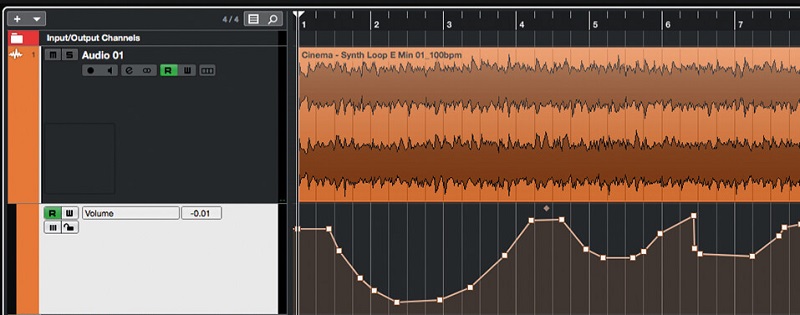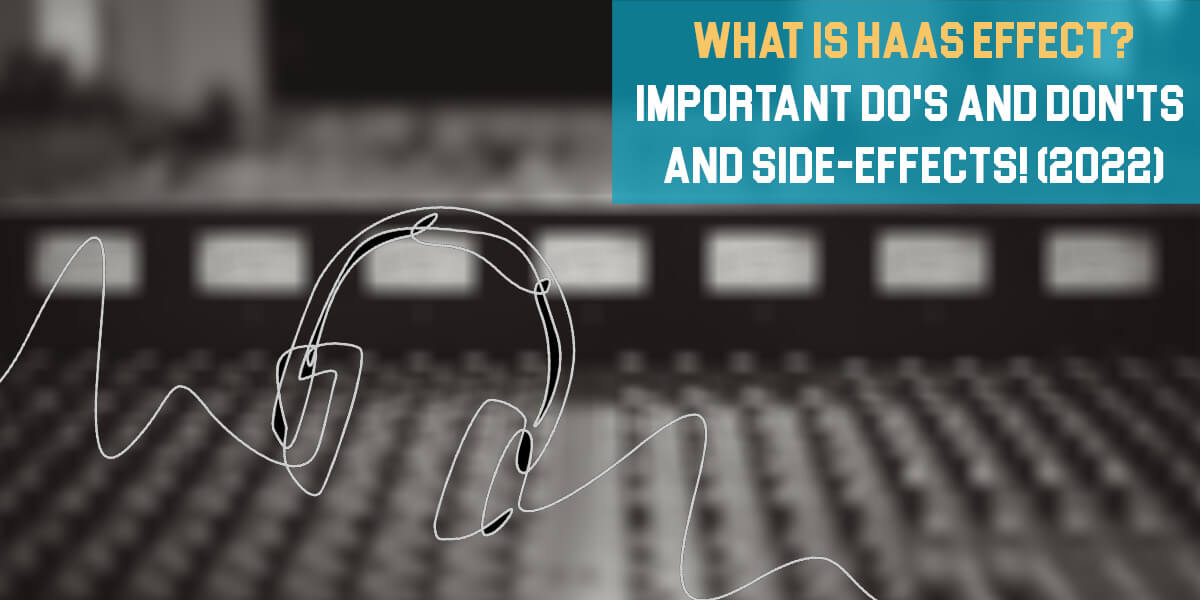What is Gain Automation?
Introduction
We are always after some processes that will separate us from the whole bunch of producers and engineers and every exploring music enthusiast is looking for something unique. The little gems are most of the time hidden in plain sight, and that is the case with gain automation.
Automation is the process that robotically or automatically (as the name states) changes a certain parameter in the mix, and moves as the song flow forward. In particular, the gain automation works on the gain of one signal, bus group, or the whole master track.
With this simple gain automation technique, you will be able to boost or cut the volume of the signal and adjust it to your needs and to the needs of the song. The interesting thing about this is that the song will sound more professional and coherent because this will automatically change and will add to the uniqueness of the process.
There are several ways that you can use gain automation, and we will try to cover them here and explain how you should apply them.

Note! – This process is not the same as gain staging. If you want to read more about it, feel free to check out our article on it!
Gain Automation on Vocals
Two-Track Song
We really like to apply this process to vocals. It is a true game changer, especially when you are having a two-track song to work on. In this case, you are having one track where you have the full instrumental/beat and another track of vocals.
Here with the help of gain automation, you will be able to blend the two channels properly and make them sound like a complete, well-balanced song. The trick here is when you are at the stage of a busier arrangement in the music, where many elements are playing at the same time (most of the time this is the chorus/hook area) where you can boost the vocals a little bit to “overpower” the already busy arrangement.
In opposition to that, when the song is in the verse and you have a few elements playing, you can tone it down and make it quieter to fit the balance. This is a process that many people are using to create the perfect balance and take care of these issues in your song.

Full Track + Vocals
The gain automation is also useful when you are having a full track with every element in a separate channel. Besides the balance of the vocals, here you can adjust a singular track to the needs of the arrangement and you will have more creative and technical freedom when it comes to fixing your track.
Even when creating minor changes with the automation, your song will get more uniqueness and will give the feeling that the engineer dedicated his expertise and time to make the song sound better for the listener.
Manual De-essing
If you are not trusting your de-esser plugin or it is not serving its purpose as you want, you can always try to automate the “s” sibilances manually. This is another spot where automation comes into play. There are two basic ways that you can go when addressing this point:
- Volume Automation – You can briefly lower the volume of the vocals when these unwanted sibilances come. The thing here is that you will need to be very precise and affect/create automation only for that moment when this happens. Another downside is that this is very time-consuming because you will need to go through the whole song and cut all the sibilances.
- EQ Band Automation – Very close to the volume automation of the whole channel, this only works on one single band of the equalization plugin, where this problematic frequency is targeted. The process after that is really close to the one explained above, where you will manually target the “s” sibilances and cut them with automation.
Note! – You will say that this can be easily replaced with a dynamic EQ where every time this frequency plays, will automatically go down. The perfect mix here is the amount of the dynamic EQing where you will automate the threshold depending on how hard the sibilance “hits”.
Gain Automation on Busses and Groups
After you are done with the automation process of every single channel in your song, you can then fine-tune it by automating the whole group, normally if there is a need for it.
A very nice example of this is that you can play with the backing vocals and boost or cut them when needed and when your arrangement calls for it. This will add much-needed playfulness to your song where you will be able to satisfy certain frequency areas and make the balance you are after.
Here also we are going to put the master channel gain automation that you can use also for creative changes. We usually want to boost the master channel by +1dB when the chorus comes and take it down for -1dB when the chorus is over. This will add more power to the whole song when this important part of it comes.

Gain Automation for Effects
The same goes when automating your effects. You can boost or cut the gain of the effects depending on the part of the song you want to enhance. The most used and widely known usage for this is with the time-based effects, like reverb and delay.

You will be able to make the reverb more recognizable at the end of the phrases and exaggerate the effect. Also, this will help you “unmuddy” the song from the reverberances the reverb creates. Here we have a video on automating reverb that is posted on our YouTube channel:
Conclusion
We tried to explain the basic gain automation processes here and we hope that you will find some usage for it.
Note! – We want to clarify that there are some other ways that you can use to automate the automation with plugins and recording/producing tricks. Also, there are other automation tips and tricks, but the topic here is only focused on what is gain automation and we talked about gain automation only. With that being said…
We encourage every music producer and engineer that will read this brief guide to experiment and find their way of using automation. Be aware that every knob and slider you are seeing in your DAW can be automated – which can expand the horizon of both creative and technical tweaks.
In case you are having any questions in regards to the topic we covered here, we will be more than happy to answer the questions you will have.
SSL UF8 Review: An Amazing and Advanced DAW Controller For Everybody! (2023)
HEDD Type 07 MK2 Review: Amazing 7-Inch Studio High-End Monitor! (2023)
Rupert Neve Designs MBC Review: A Master Buss Converter and Limiter! (2023)






